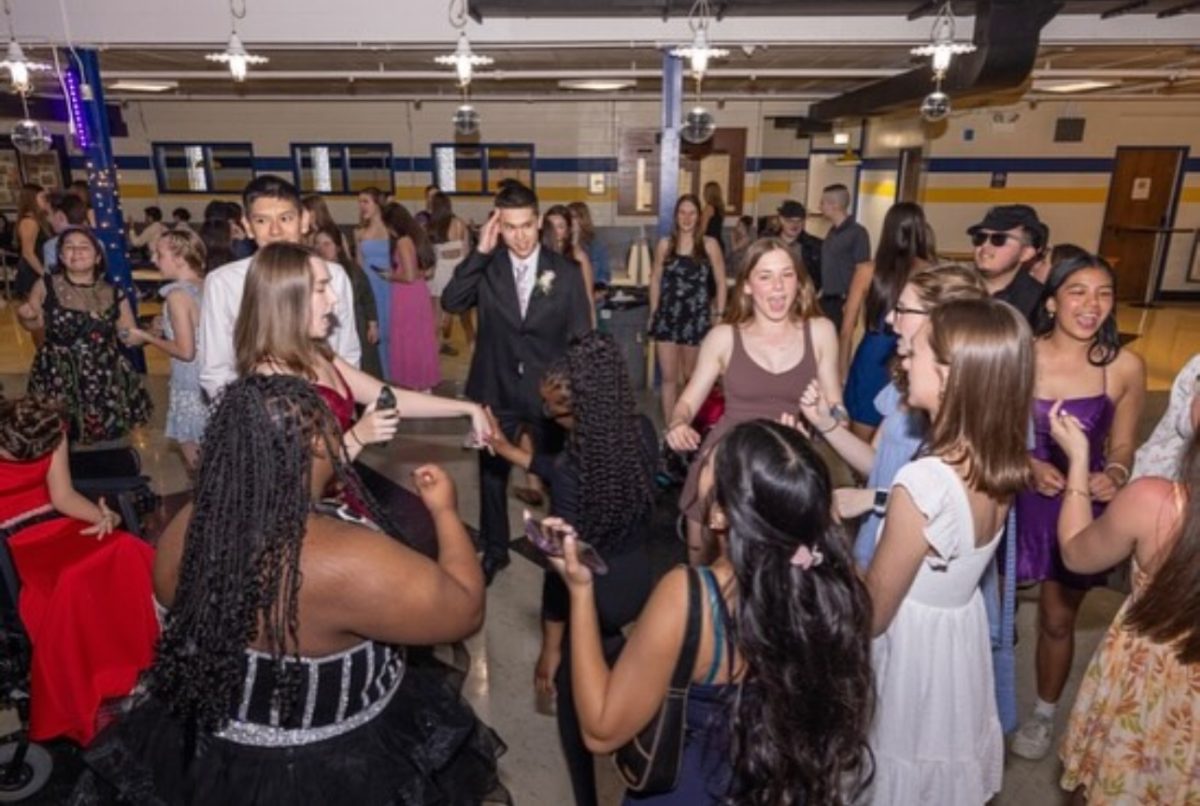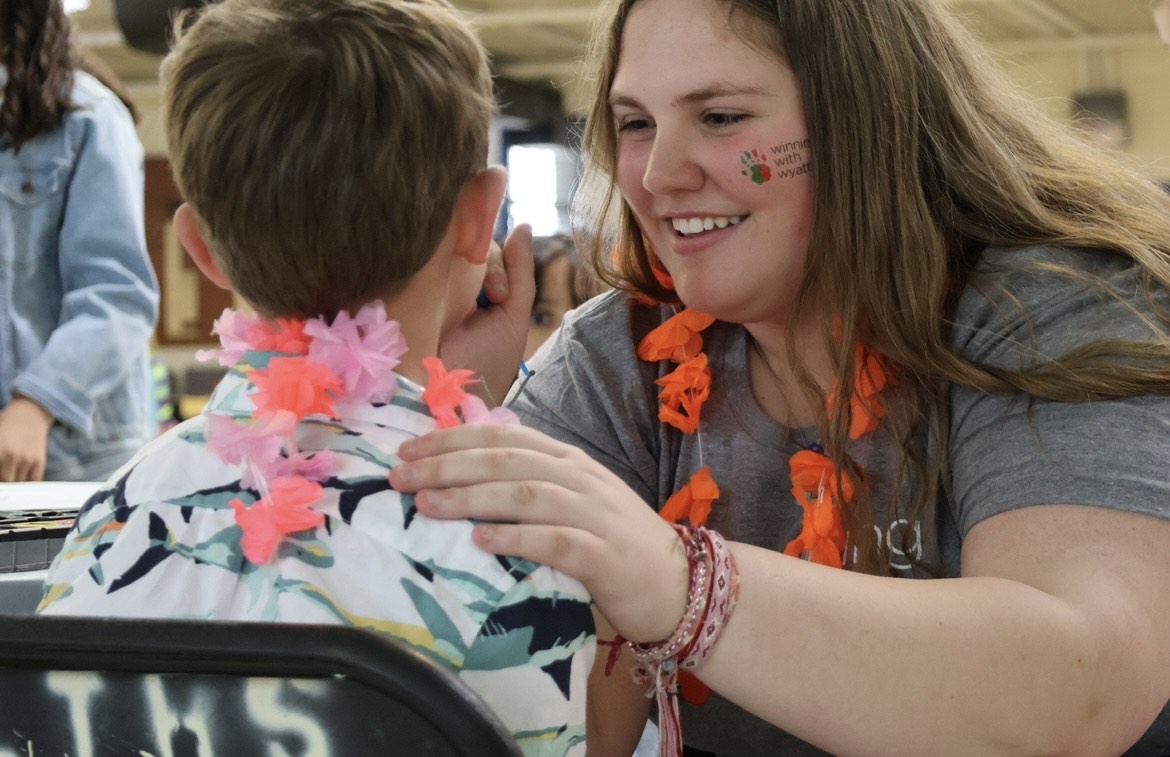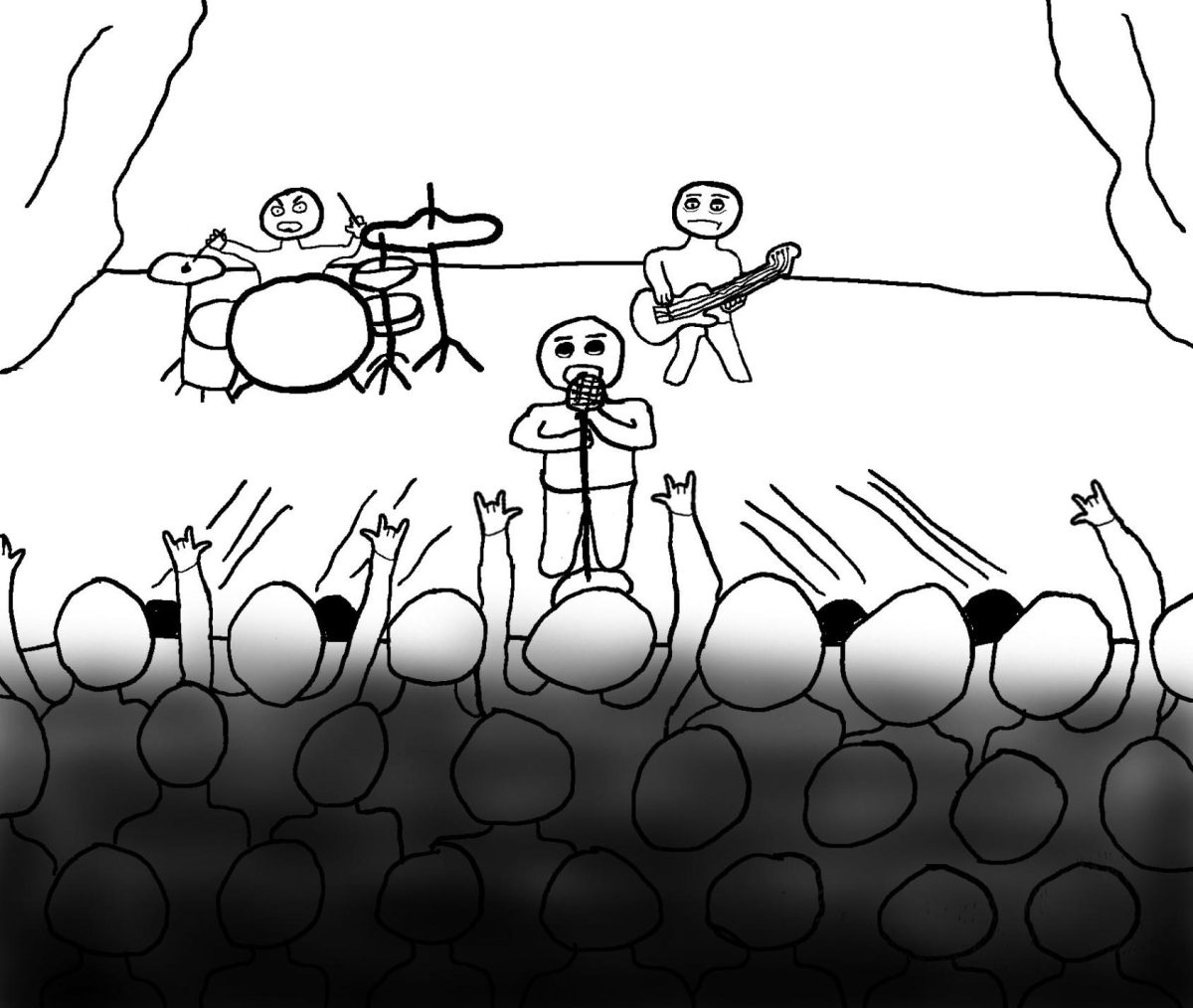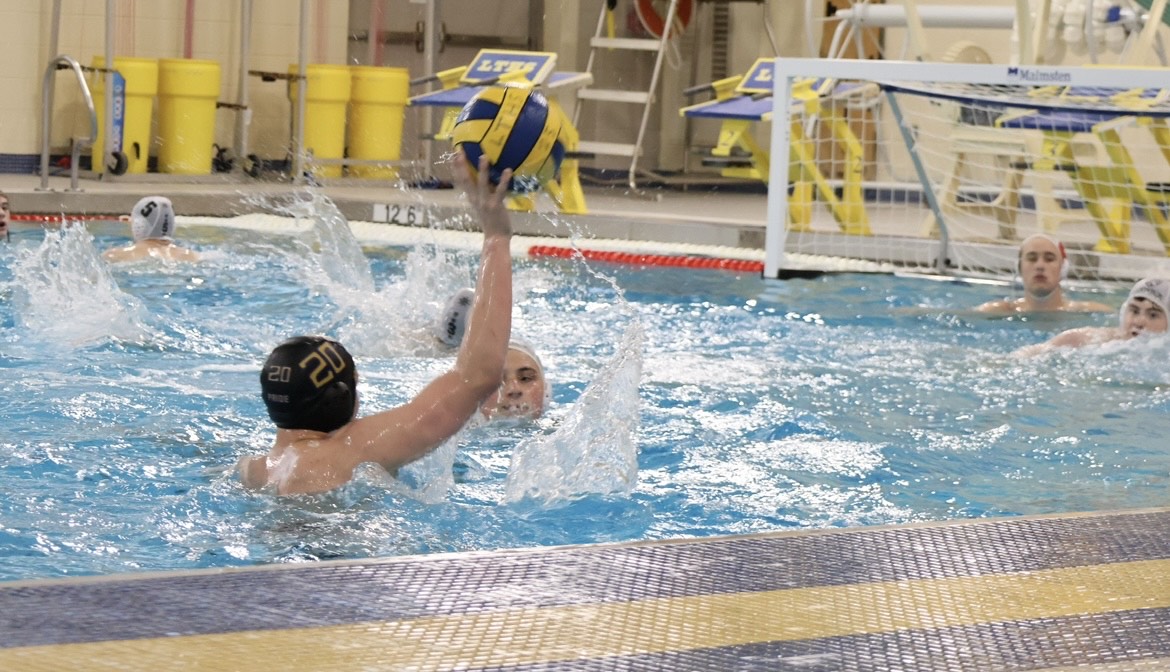It’s not as bad as you think!
December 10, 2018
Anthropogenic global warming (AGW) is the hypothesis that climate change is produced by human activity. Most people who believe in AGW follow Penn State University climatologist Michael Mann’s hockey stick model. His view hypothesizes that “the post-1970 surge of global warming has created a ‘hockey stick’ (shaped graph) of increased emissions, higher CO2 levels, and therefore temperatures,” according to Cato Institute, a libertarian public policy think tank.
Mann points to the Industrial Revolution in the late 18th century as beginning the sharp increase that would be the handle of the hockey stick– the Anthropocene.
Some researchers argue that the increase started at different times. Furthermore, a study published by David Legates, William Briggs, Willie Soon, and Christopher Monckton in 2015 argued that Mann was wrong in some of his conclusions. The Legates study found three things. 1) Satellite data has shown no global warming at all for “224 months from Feb. 1997 to Sept. 2015.” 2) Since 1900, the global warming trend is equal to 0.75 degrees Celsius per century, which is well within the range of natural variability. 3) The IPCC’s (Intergovernmental Panel on Climate Change, established by the UN) prediction of 4.8 degrees Celsius by 2100 is four times the observed real-world warming trend. The point here is that Mann’s hockey stick model purportedly had faults, and correspondingly, so do many other climate change models out there today. The Legates study was in turn criticized by a study done by Mark Richardson, Zeke Hausfather, Dana A. Nuccitelli, Ken Rice, John P. Abraham, who said that the Legates study was overly simplistic and ignored relevant information.
These disputes highlight the importance of never settling on science. The validity of the climate change model findings, the conclusions reached in the article cited above, and Mann’s conclusions continue to be debated. But this is consistent with scientific exploration– hypotheses should be challenged, improved and refined constantly. Additionally, we must question conclusions from any source, and establish a nonpolitical model for scientific investigation and debate.
According to the Hoover Institution, a free market public policy think tank and research institution, “The atmosphere is about 0.8 degrees Celsius warmer than it was in 1850,” and “the atmospheric concentration of carbon dioxide has risen 40 percent since 1750.” People on both sides of this debate seem to agree that CO2 levels were this high more than three million years ago, so the question is: how much of the increase today is the result of human activity or naturally occurring phenomena that we do not know how to measure or to understand?
Let’s assume that all current global warming is the result of human activity and all of it is within our power to stop. How much cost do we impose on ourselves today to stop something that could happen hundreds of years from now? We would need to switch to renewable energy sources, to start. My family has a solar powered cabin; we are completely off grid. So although it is environmentally friendly, I know how expensive it was to build and maintain. Would our country’s money be better spent on renewable sources for the long-run or cheap sources that can give immediate aid to poor people in poor countries, for example, those in immediate need of clean water and good shelter?
Finally, what is the expected effect of climate change? According to the 2013 UN climate change report, by 2100, sea levels are “likely” to rise 16 to 24 inches. An additional report, just issued in October 2018 states, based on the assessment of numerous articles, that sea levels are likely to rise in a range of between 11 to 24 inches, relative to 1986 to 2005. So the good news is, there is possibly less sea rise predicted in 2018 than in 2013. But regardless, should the possible rise in sea levels of 24 inches by 2100 (as predicted) be a major public policy worry?
Nothing in this article is to say that the Earth may not be warming or that we should not be concerned about such warming. But that is the easy part. The more difficult question is, what, if anything, do we do about it? The answer to that question requires a careful balancing of who we may hurt today so as to prevent further possible warming, and what cost we are willing to impose on our current generation to protect a future from harm.





















![Movie poster for '[Rec]" (2007).](https://www.lionnewspaper.com/wp-content/uploads/2023/04/rec-640x900.jpg)


